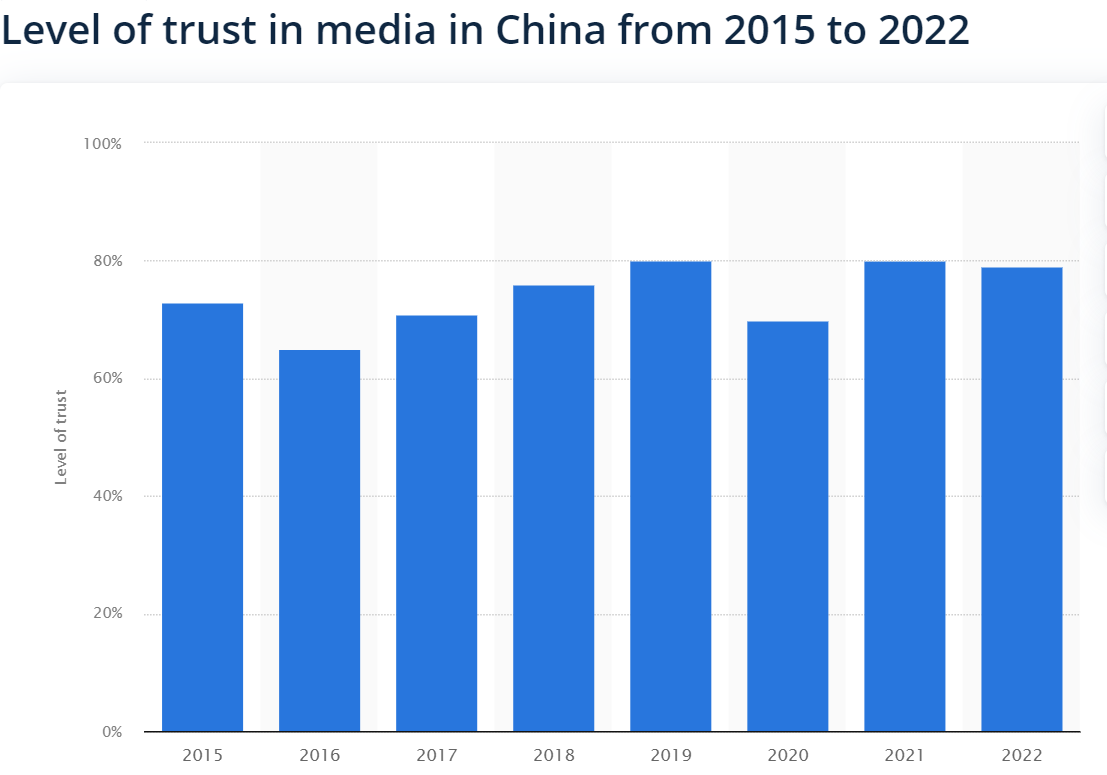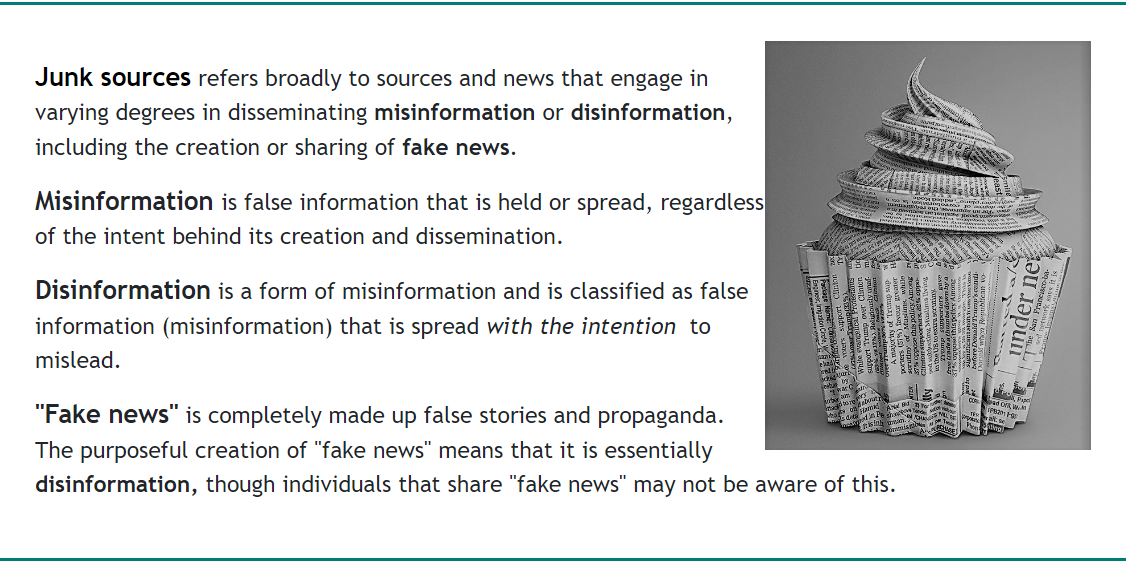News and Media
1. 1. Discuss the questions in your group. Take
notes. Report the answers to the class: (10 min)
• Is it important to you to know what is
happening in other countries?
• When was the last time you watched the news on TV?
• Do you read the news on the internet? Do you have a favorite website for
this?
• Do you listen to the news on the radio?
• Do you or your parents buy a newspaper every day?
• Do you think that the internet has changed the way we find out about what’s
happening in the world? In what ways?
• Do you always believe everything you see and hear on the news?
2. Fill out your group’s ideas in the table. Present your answers open-class. Based on everyone's answers, decide which you think is the best way to find out news. (15 min).
|
|
Advantages
|
Disadvantages
|
|
Group 1: TV
|
|
|
|
Group 2: Internet
|
|
|
|
Group 3: Social networks (e.g. Facebook, Instagram, etc.)
|
|
|
|
Group 4: Newspapers
|
|
|
|
Group 5: Radio
|
|
|
3. Learn media words: (20 min)
Look up the word assigned to you in a dictionary. Watch the video about your word. Present your word open-class. Explain the word's meaning. Give example of its use. Share the news that you heard about in your video. Take notes of the meanings of each word in this list.
4. Extra practice: Complete the sentences below with the media words above (5 min):
1. The _____________ of the queen was a _____________ event that was broadcast on every major _____________.
2. In this age of _____________, it's important to be able to tell the difference between _____________ and _____________.
3. _____________ is a problem in today's digital age, where people spend hours scrolling through distressing news.
4. The company's _____________ began to _____________ when false information about its CEO was spread online.
5. The video was a _____________, created with _____________ to make it seem like the celebrity was saying things she never actually said.
6. It's essential to use _____________ information when discussing _____________ topics.
7. The model walked down the runway in a _____________ dress, drawing gasps from the audience.
5. How much do you trust news and media? (15 min)
Compare the graphs below. What can you say about the Americans' and Chinese people's trust to news and media? Are they similar? Are they different? Why?
6. Some trustworthy media in the US:

In groups (TV Networks, Radio, Print, Online), come up with Chinese equivalents/examples of these different media, then choose one American media channel and find information about it online, then open its website and see what's in the news today. Report your findings open-class. (20 min)
Group 1: TV Networks
Chinese examples: ____________________________________________________
American example of your choice (e.g. CNN): ______________________
Additional information about this example: ________________________
What does the website look like: ____________________________________
What's in the news today? ___________________________________________
Group 2: Radio
Chinese examples: ____________________________________________________
American example of your choice (e.g. NPR): ______________________
Additional information about this example: ________________________
What does the website look like: ____________________________________
What's in the news today? ___________________________________________
Group 3: Print
Chinese examples: ____________________________________________________
American example of your choice (e.g. NYT): ______________________
Additional information about this example: ________________________
What does the website look like: ____________________________________
What's in the news today? ___________________________________________
Group 4: Online
Chinese examples: ____________________________________________________
American example of your choice (e.g. Politico): ___________________
Additional information about this example: ________________________
What does the website look like: ____________________________________
What's in the news today? ___________________________________________
Other credible sources:
Categories of Credible Sources of Information:
Other categories include...
- Academic Journals or other scholarly sources with publishing standards.
- Government agencies (.gov)
- Research institutes and Universities (.edu)
7. Junk sources
Read information about the junk sources below.
To verify the reliability of a news source, you might use fact-checking websites like Snopes, FactCheck.org, or PolitiFact. Study the graph below and give examples of the sources that are considered junk sources. Try to find some additional information about one of the junk sources. (10 min)
8. Watch this video. Based on the video, what do you think good journalism should look like? Do the Quiz after the video
9. Study the poster below.
In groups, explain the standard of quality journalism assigned to you (15 min):
1: Multiple Credible Sources2: Avoidance of Bias
3: Documentation
4: Fairness:
5: Verification
6: Balance
7: Context
9.
Five Steps for Identifying Junk Sources and Misinformation
In groups, read about the step assigned to you, make notes and then share the information about this step with the rest of your group. (15 min) 1: Know the Source
2: Know the Content
3: Know the Date
4: Know the Facts
5: Know Yourself
10. Recap (10 min)
1. What new vocabulary did you learn today?
2. What are credible sources? Give examples.
3. What are junk sources? Give examples.
4. What are the principles of good journalism?
4. How to identify junk sources?
Final take-aways on how to choose your news:









